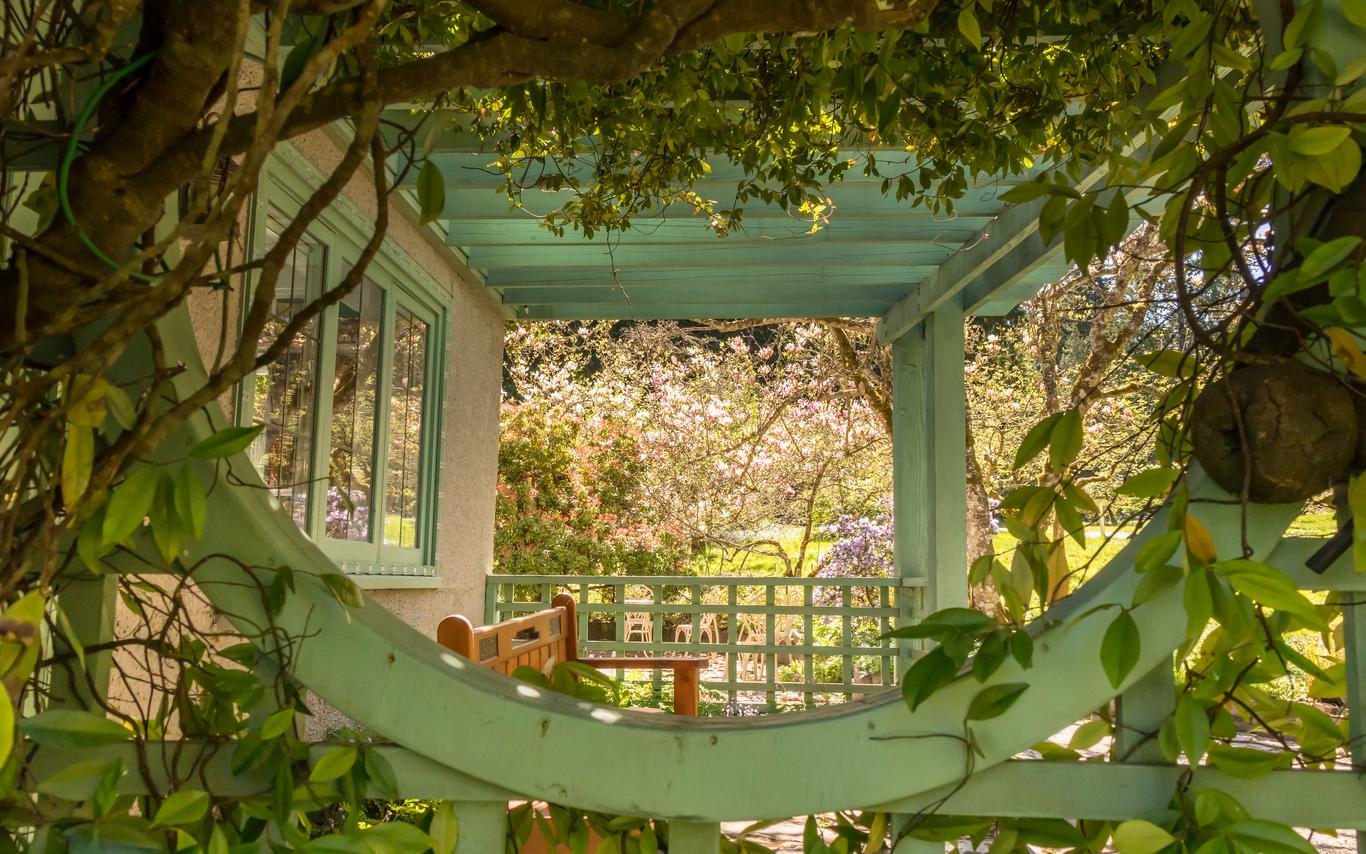Written by the Vancouver Island Master Gardener's Association.
Astilbe simplicifolia ‘Hennie Graafland’ is a charming, graceful perennial that adds elegance and interest to shady corners of the garden. Its delicate pink blossoms, like wispy clouds, put on a show in late spring and summer, whereas the finely textured, dark, glossy leaves remain attractive through the rest of the growing season. It produces a soft billowing effect when planted in groups or massed under trees or near water features.
Astilbe ‘Hennie Graafland’ is particularly suited to shaded gardens where few flowering plants thrive. It contrasts well in colour and form with other shade-lovers such as Hostas, Heucheras and Brunneras. The blooms are lightly fragrant and serve as magnets for pollinators.
These flowers are low maintenance, although they require consistent moisture. The spent blooms may be removed for tidiness or the seed heads left in place for winter interest. They should be divided every few years to maintain vigour.

Attribute | Description |
|---|---|
Form: | Clump-forming, upright herbaceous perennial |
Foliage: | Deeply cut, fernlike leaves. Mostly basal. |
Height/Width: | Height 40-45 cm. Width 25-30 cm. |
Hardiness Zone: | Zone 4-8 |
Exposure: | Partial sun to deep shade. |
Flower colour: | Light pink sprays of dense, narrow open panicles. |
Leaf colour: | Deep green, shiny. |
Flower time: | June |
Preferred soil and Watering: | Prefers moist, humus-rich soil. Should not be allowed to completely dry out. |
Pests and diseases: | May dieback in summer in periods of drought. Powdery mildew and wilt infrequently. |
Other: | Deer and rabbit resistant. Pollinator and hummingbird attractive. Suitable for mass plantings, borders, rock gardens, containers, cut flowers.
|

